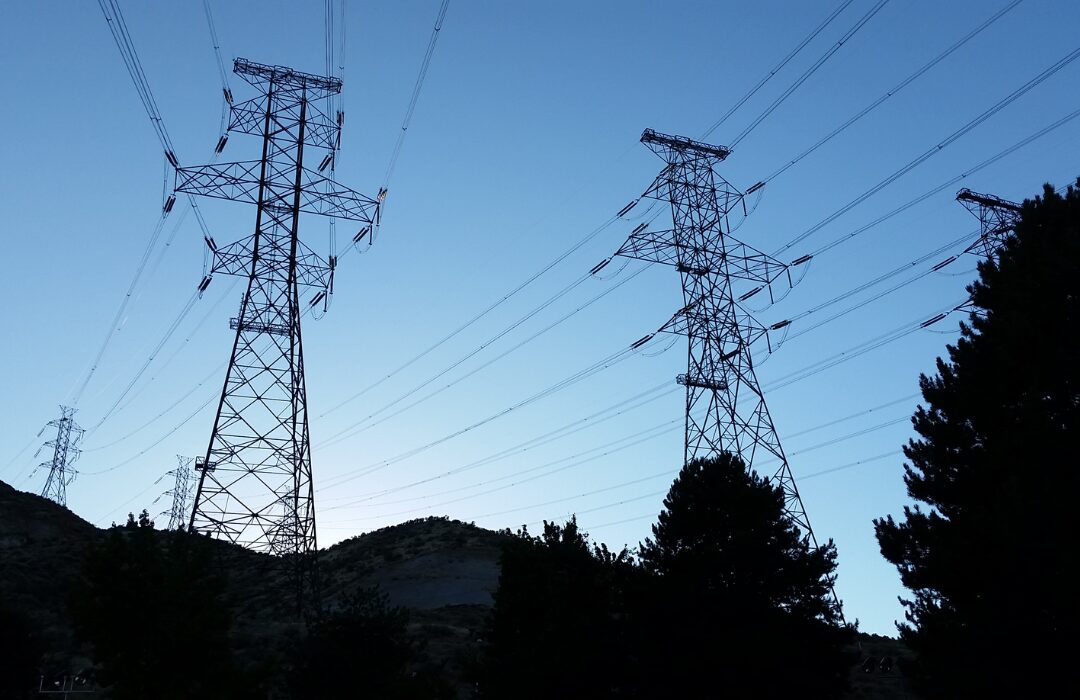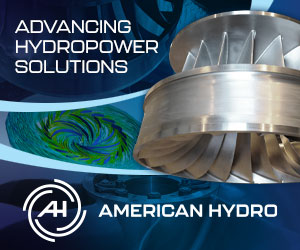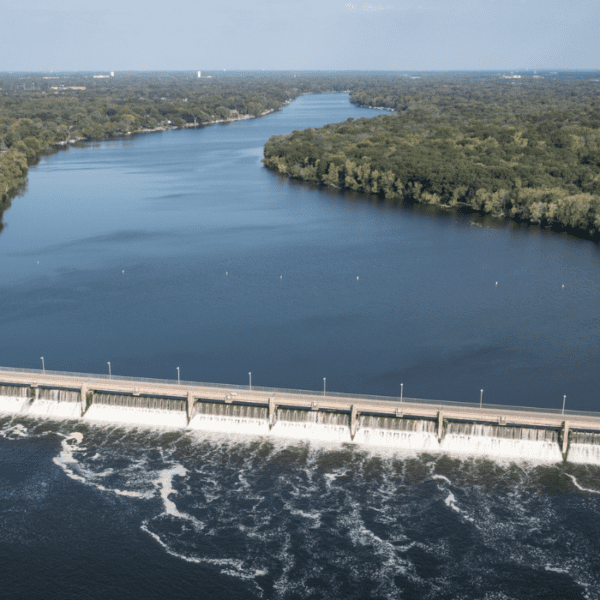The Winter of 2021 will be remembered for a few significant reasons: the start of a new Presidential Administration and stark examples of extreme weather, such as Winter Storm Uri in Texas. During that storm, the state’s electricity generation resources struggled to maintain supply. It was reported that the Electric Reliability Council of Texas (ERCOT) was only mere minutes from systemwide destabilization.
According to World Scientific analysis, it is possible that the additional output of approximately 200MW from hydroelectric power plants, utilized at the depth of the crisis, staved off a complete grid collapse.
If reliability means supply is always available upon demand, and resilience is defined as the ability to mitigate and/or recover from significant disruption, then an increasingly renewable grid needs multiple resources to ensure a resilient electricity network, one that’s more prepared to operate during unexpected occurrences. Fortunately, new resources are being installed today.
Two such resources are embodied in the high-voltage direct current (HVDC) lines – the Champlain Hudson Power Express (CHPE) and the New England Clean Energy Connect (NECEC) – running from Canada to states throughout the Northeast U.S., delivering hydropower in an effort to help reach renewable energy goals.
The wide-scale distribution of clean energy through HVDC lines represents just one of the many ways hydropower’s reliability can be utilized to provide renewable energy on demand.

ENSURING RELIABILITY
With 30 states, two territories, and the District of Columbia requiring renewal portfolio standards and/or a clean energy goal, America’s first renewable energy source, hydro, deserves recognition for its contribution to both environmental protections, as well as grid resilience.
An innovative renewable energy and transmission project – the Champlain Hudson Power Express (CHPE) – will provide resilience and environmental benefits while generating billions of dollars in new investment in New York City (NYC). Described as the “most powerful project you’ll never see,” the high-voltage direct current (HVDC) line extends from the Canadian border to the borough of Queens, utilizing existing rights of way that are either underwater or buried.

The project will provide about 20% of New York City’s electricity needs and substantially alter its electricity generation mix. Of CHPE’s 339 miles, 60% are in waterways and 40% are buried underground to minimize environmental and social impact while maximizing resilience in extreme weather.
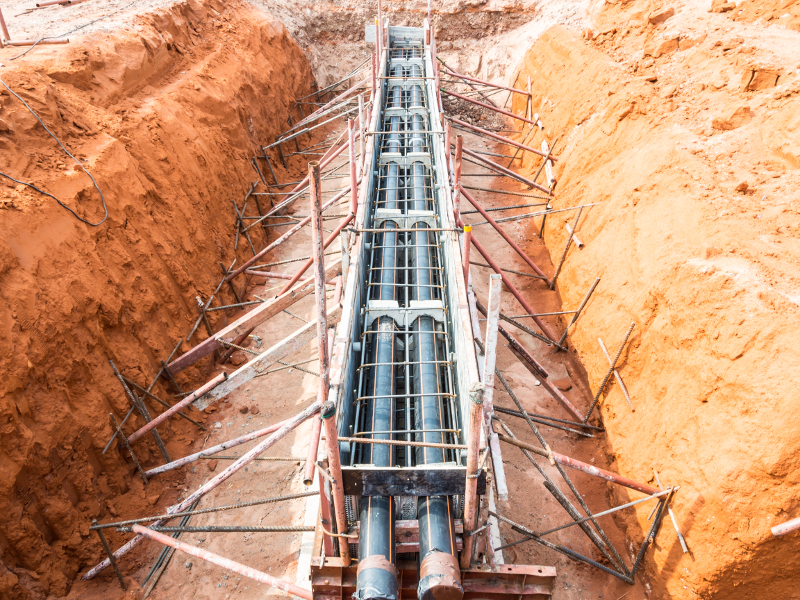
Utilizing hydropower from Hydro-Quebec, the 1,250-MW line will power over one million homes. The $6 billion project, which is majority owned by The Blackstone group, a private equity firm, will be one of the largest investments in New York state history, and it will create more than 2,000 jobs during construction. Additionally, more than 1,400 jobs will utilize union labor, and 35 communities, which the line pass through, have enacted resolutions in support of the project.
The Champlain Hudson Power Express also offers major economic benefits which begin at construction and carry through the first 30 years of operation, delivering $49.5 billion in economic benefits to New York state. These benefits include decreased wholesale electricity costs, which are forecasted to save New Yorkers $17.3 billion statewide over 30 years. Localities will also benefit from approximately $1.4 billion in new tax revenue over the first 25 years of the project.
From an environmental perspective, the carbon emissions reduction resulting from the CHPE will be equivalent to removing approximately 44% of the cars from NYC streets. The consistent, dispatchable electricity provided by hydropower in the eastern United States and Canada offers a contrast to the more variable energy solar and wind provide.
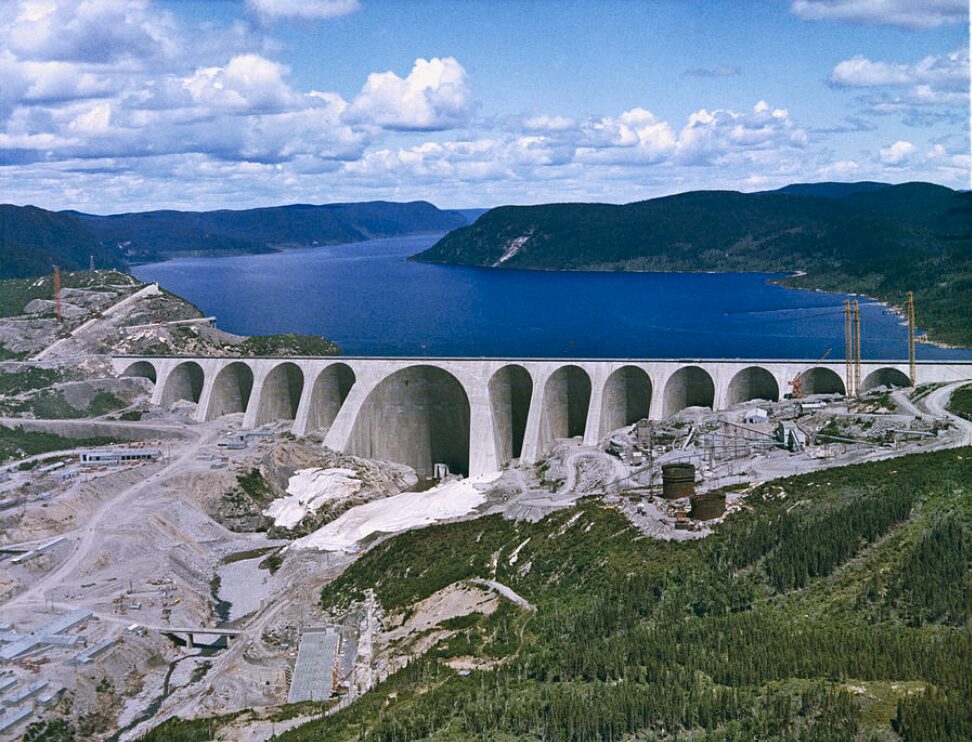
With hydropower, CHPE can directly replace fossil fuel power plant generation, retiring ‘peaker’ plants, which provide power with natural gas to support the grid when demand is particularly high –a long-standing priority of environmental justice advocates due to the disproportionate location of these plants in low-income communities of color.
Another example of hydropower’s success as a transmittable and reliable clean energy resource involves the $1 billion, 145-mile New England Clean Energy Connect High-Voltage Direct Current (HVDC) line, which is slated to deliver 1,200 megawatts (enough energy to power one million homes) of Canadian hydropower across the New England power grid. After $91 million was spent by parties for or against the line to influence its outcome, Maine voters rejected the project in an Election Day referendum in November 2021. Maine’s Governor Janet Mills followed with an order to halt construction. Following a nearly two-year legal battle, the project restarted on August 3, 2023.
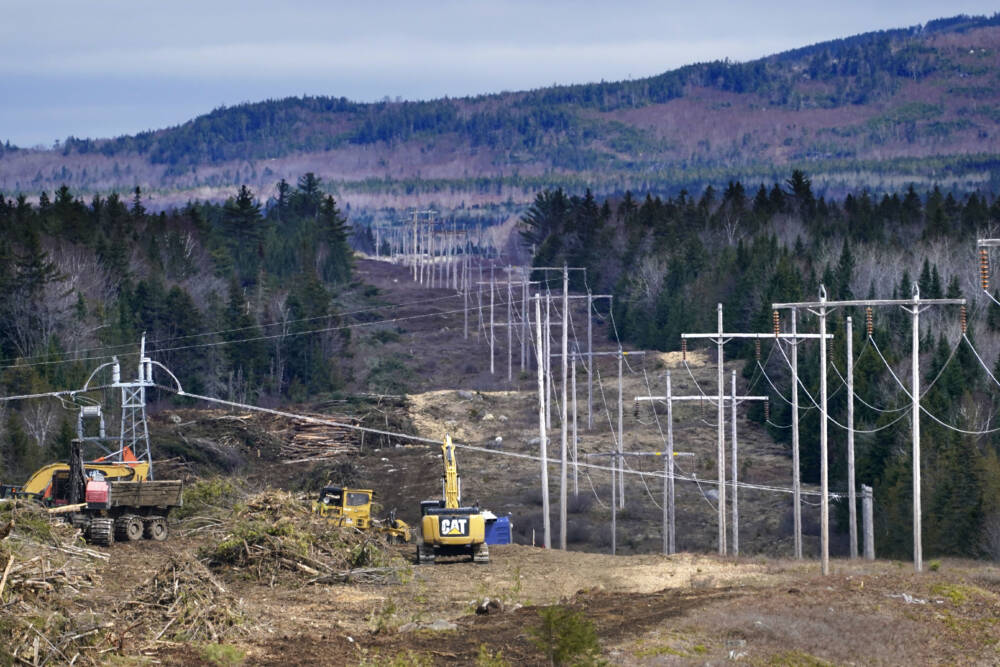
The price tag has increased 50% to $1.5 billion since work began; however, these project costs are only 50% of the Champlain Hudson Power Express investment, which is due to the additional cost of underground HVDC lines. In terms of economic benefits, the Maine communities hosting the project will receive over $4 million in increased property tax revenues annually. Additionally, these communities will benefit from the creation of over 1,000 direct and indirect new jobs each year, for the five-year period, connected to construction and permitting.
WHAT’S NEXT?
There has never been a better time to deliver the benefits of an enhanced electricity production and delivery infrastructure. The reminders from past years’ outages and the future electricity growth projections only reinforce the relevance and timeliness of acting now.
Until long-duration battery storage becomes more commercially viable, water power technologies, like pumped storage hydro, can help ensure that the growing electricity demand is satisfactorily met.
Recent federal actions, including the February 2, 2024, release of $71.5 million by the Department of Energy for 46 hydropower projects across 19 states, represent an excellent launch for accelerating hydropower development in 2024 and beyond.



